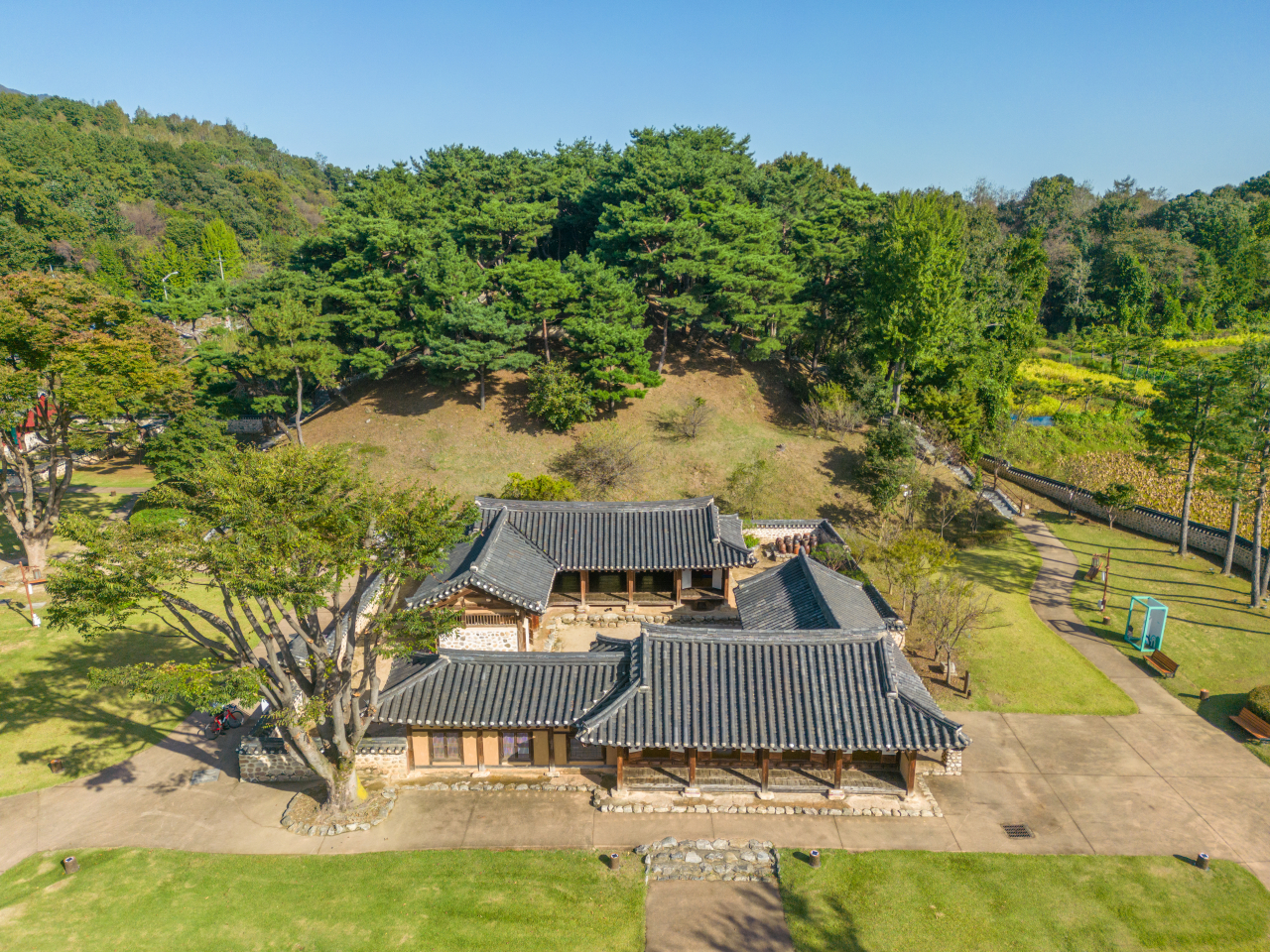
Gotaek, which translates to "old house," signifies a historic family residence.
Typically, these homes were inhabited by the upper class, including scholars, and have been diligently preserved by generations maintaining much of their original form.
The Korea Tourism Organization has selected five gotaek destinations to explore, each with a unique and compelling story to share. The destinations are: Yeoyudang in Namyangju, Gyeonggi Province; Incheon Citizens' Home in Incheon; Myeongjae Gotaek in Nonsan, South Chungcheong Province; Ildu Gotaek in Hamyang, South Gyeongsang Province and Unjoru in Gurye, South Jeolla Province.
Some of these residences offer visitors the opportunity to stay overnight. Guests can immerse themselves in the autumnal ambiance of a historic scholar's home, in harmony with the natural surroundings.
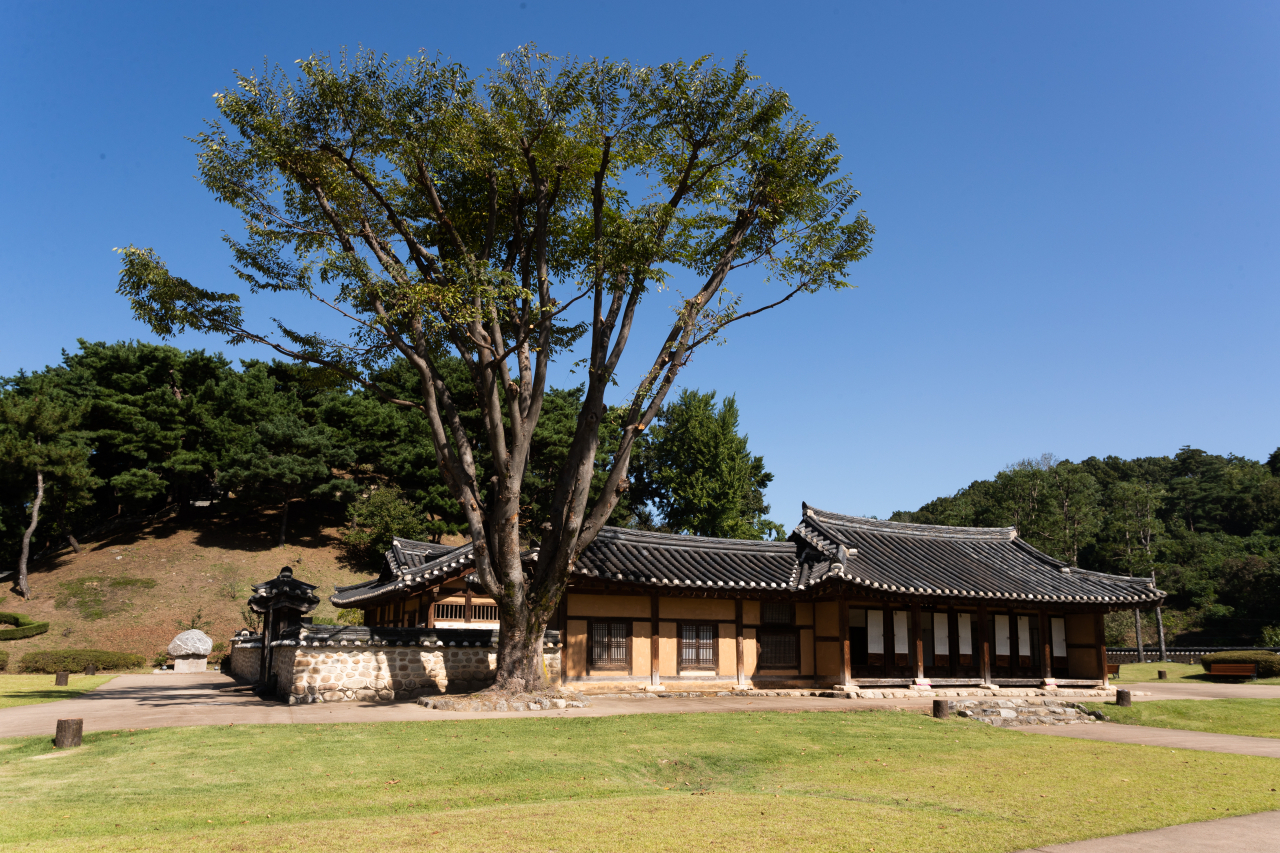
Yeoyudang
The Yeoyudang, located within the Dasan Heritage Site in Namyangju, Gyeonggi Province, the hometown of Dasan Jeong Yak-yong (1762-1836), a prominent Joseon scholar. Growing up in this village, Jeong, a scholar and philosopher, dedicated his life to studying ways to enhance the well-being of others and promote the prosperity of the nation. Fearlessly, he criticized corruption and advocated for reforming outdated institutions and conventions.
During his period of exile, Jeong authored "Mongminsimseo," a book with admonitions on governing the people, and "Gyeongseyupo," a work focused on reforming land policies and improving people's lives. Today, Jeong is recognized as one of the most eminent scholars of Silhak reform movement of the late Joseon era, which countered the formalism of neo-Confucianism at the time with a practical approach to social problems, focusing on the people's welfare.
The Yeoyudang is where Jeong spent his formative years and the majority of his life, except for his time as a public official and during his exile. the house was destroyed by a flood in 1925. In 1986, it was meticulously restored to resemble its original form closely. Visitors can also pay their respects at the scholar's gravesite on the hill behind the house and learn about his life's work and accomplishments at the Dasan Memorial Hall, just a short walk away.
An audio guide in Korean, English, Chinese and Japanese is available for the Dasan Heritage Site.
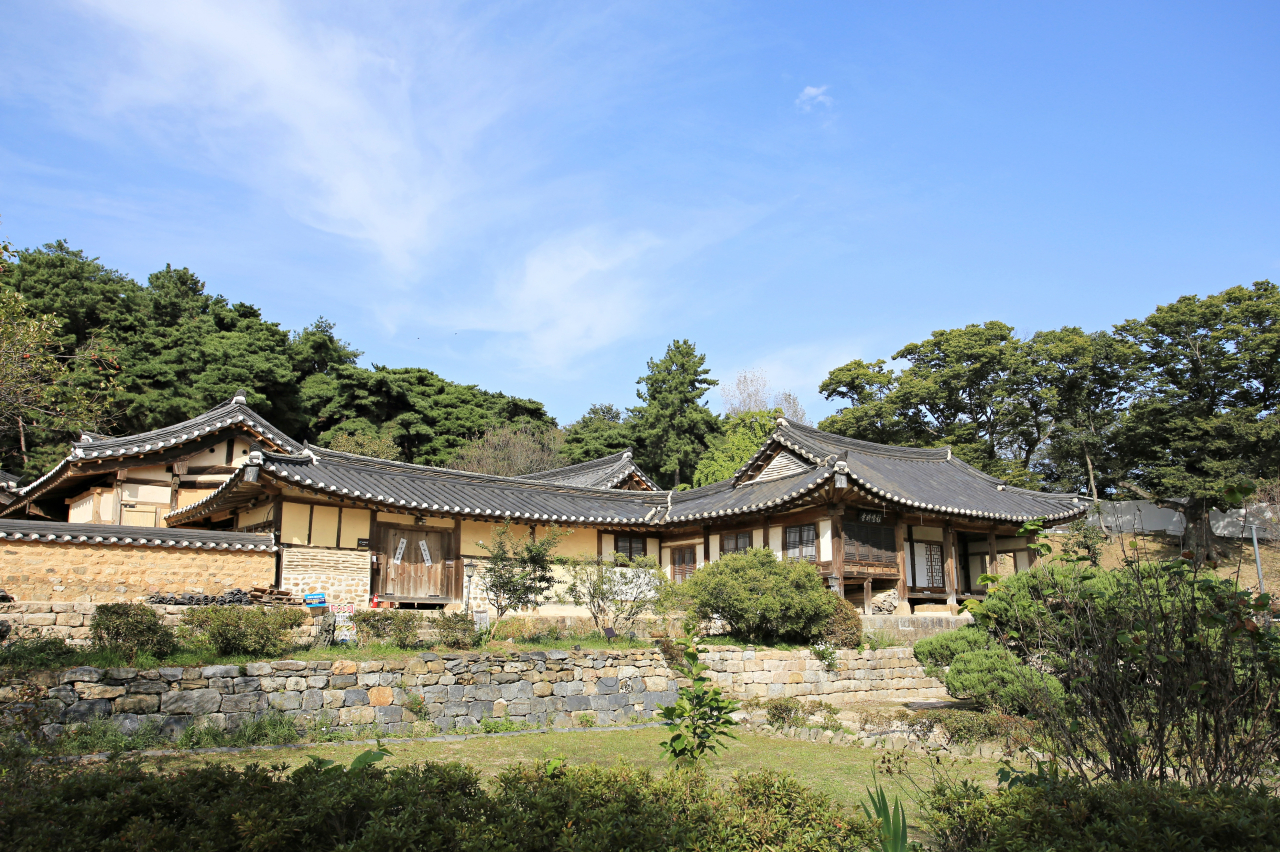
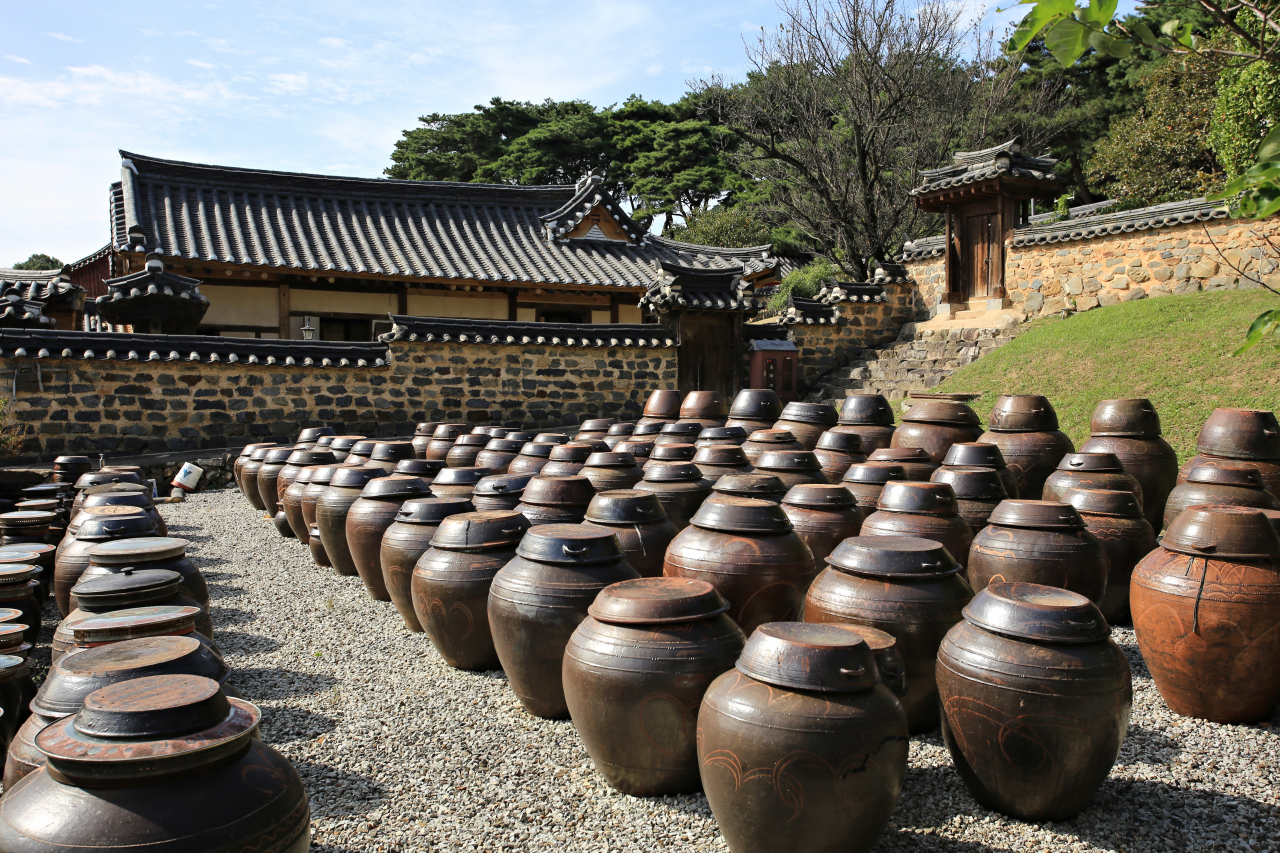
Myeongjae Gotaek
Myeongjae Yunjeong (1629–1714) was a scholar who made the deliberate choice to decline a number of government positions, instead devoting his life to research and teaching.
Situated at the foot of Noseong Mountain in Nonsan, South Chungcheong Province, Myeongjae Gotaek is the residence of Yunjeong.
Throughout its history, Myeongjae Gotaek faced threats of destruction, such as the Donghak Peasant Revolution of 1894-1895 and the Korean War. However, due to the dedicated efforts of his disciples, the house was preserved, allowing the residence to carry on the scholar's philosophy to continue imparting the values of simplicity and sharing to subsequent generations.
The residence complex has seven sections, each featuring a main house, an annex and a spacious room complemented by a "daecheong," an open wooden floor that serves as a living room area. The "numaru" offers visitors a panoramic view of the village and the surrounding mountains.
While the house has a unique and finely detailed interior, it maintains a sense of moderation compared to other houses of similar stature.
Myeongjae Gotaek accommodates overnight visitors, providing an authentic experience of a scholar's home built over 300 years ago.
Visitors have the option to rent the courtyard's "library," an annex equipped with a sound system and a beam projector suitable for small gatherings and events. The home also offers a range of traditional experiences, including tea ceremonies and natural dyeing programs. Room rates typically range from 150,000 to 200,000 won on weekdays.
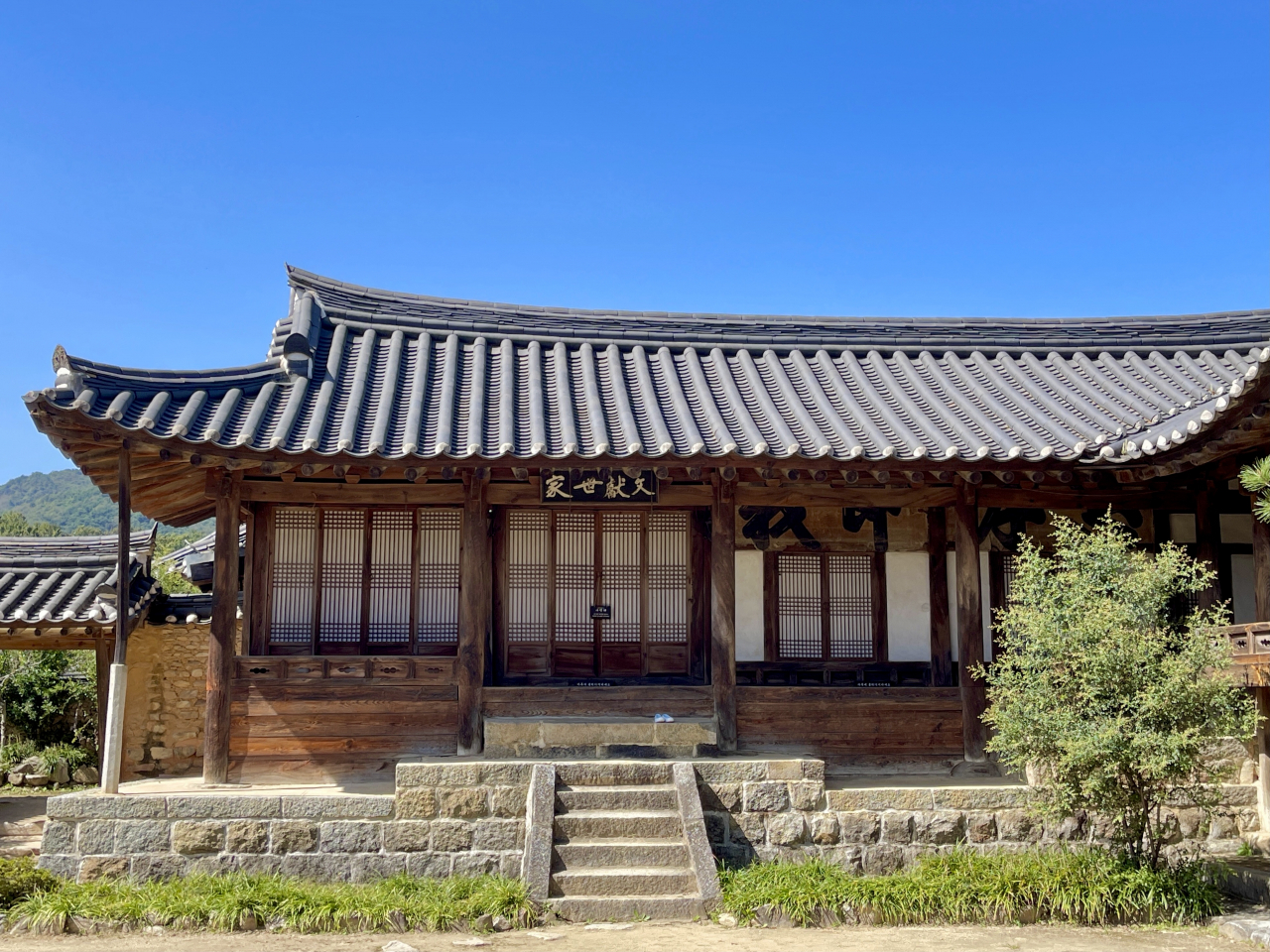
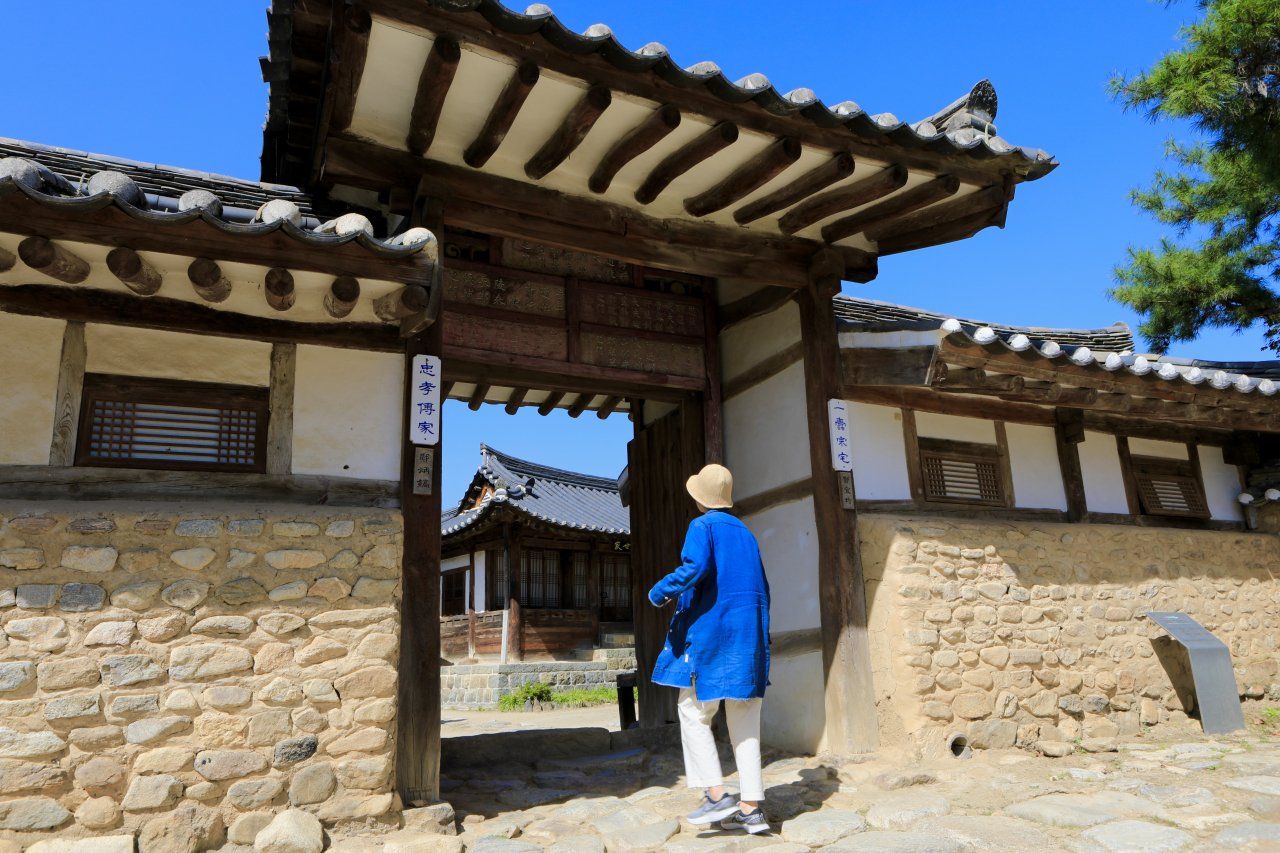
Ildu Gotaek
Ildu Gotaek, situated in Hamyang, South Gyeongsang Province, is the residence of Jeong Yeo-chang (1450-1504), a neo-Confucian scholar and public official during the Joseon era. It's intriguing to note that this scholar possessed a profound understanding of Confucianism while he was also deeply fascinated with Buddhism.
For those interested in exploring the architectural beauty of a historic scholar's home, Hamyang Ildu Gotaek encompasses a vast area, covering a total of 9,917 square meters, providing ample space for exploration.
The house is divided into various sections, including: the "haengrangchae" (servants' quarters), "sarangchae" (reception area), "jungmunganchae" (middle gate building), "anchae" (the inner house), "araechae" (outhouse near the gate), "gobangchae (storage room) and "gotganchae" (a storage house). A gate stands at the front, and a shrine can also be found on the premises.
The numaru of the sarangchae, an upper-floor attic, is a meticulously designed library that reflects Jeong's scholarly spirit.
At present, the house offers diverse accommodations: four rooms in haengrangchae, two rooms in ansarangchae and three rooms in the sarangchae.
While the house is decorated with antique household objects, furniture and decorative items, the bathrooms have been modernized for the convenience of the guests. Room rates vary depending on the room size, ranging from 50,000 won to 400,000 won.



















![[Today’s K-pop] Treasure to publish magazine for debut anniversary](http://res.heraldm.com/phpwas/restmb_idxmake.php?idx=642&simg=/content/image/2024/07/26/20240726050551_0.jpg&u=)